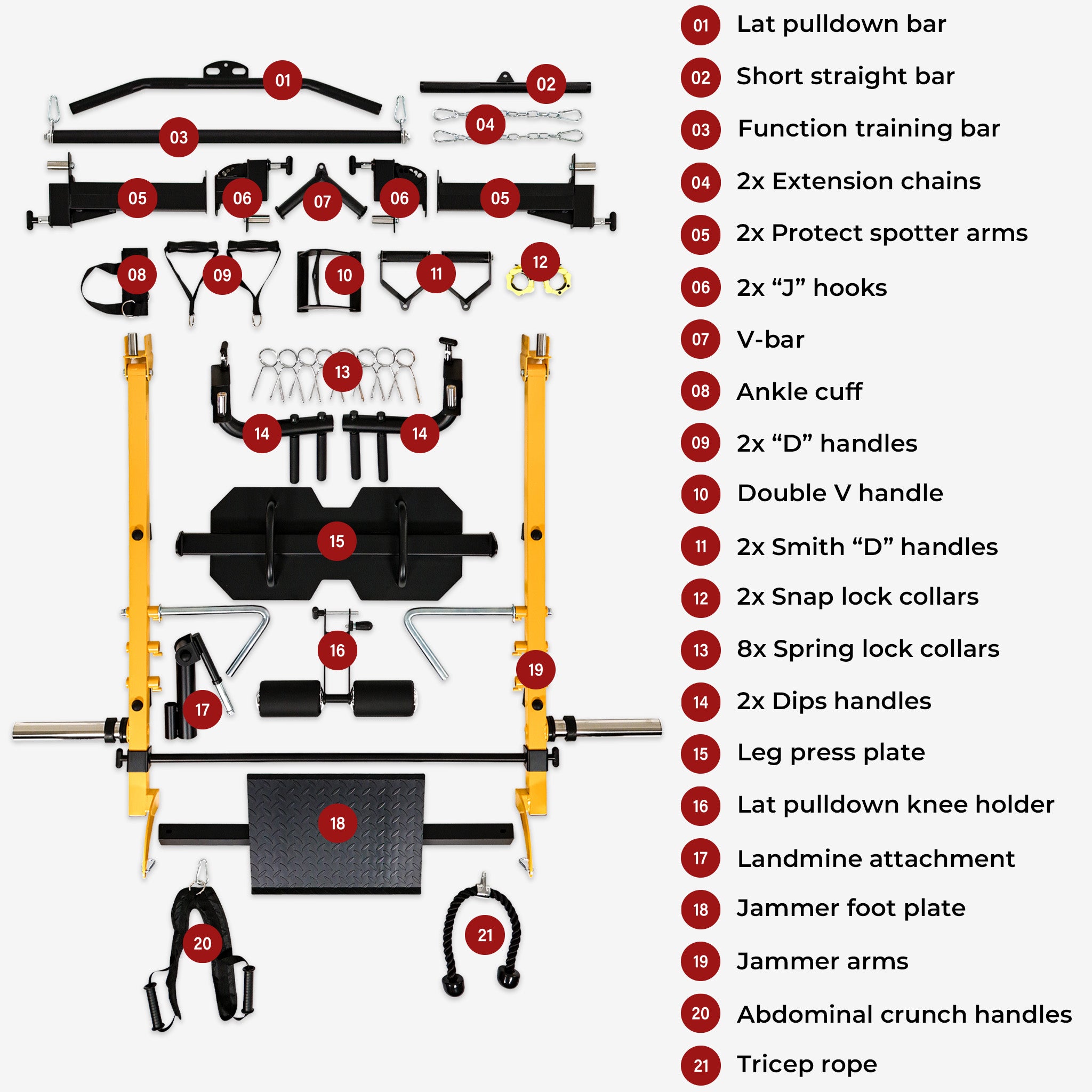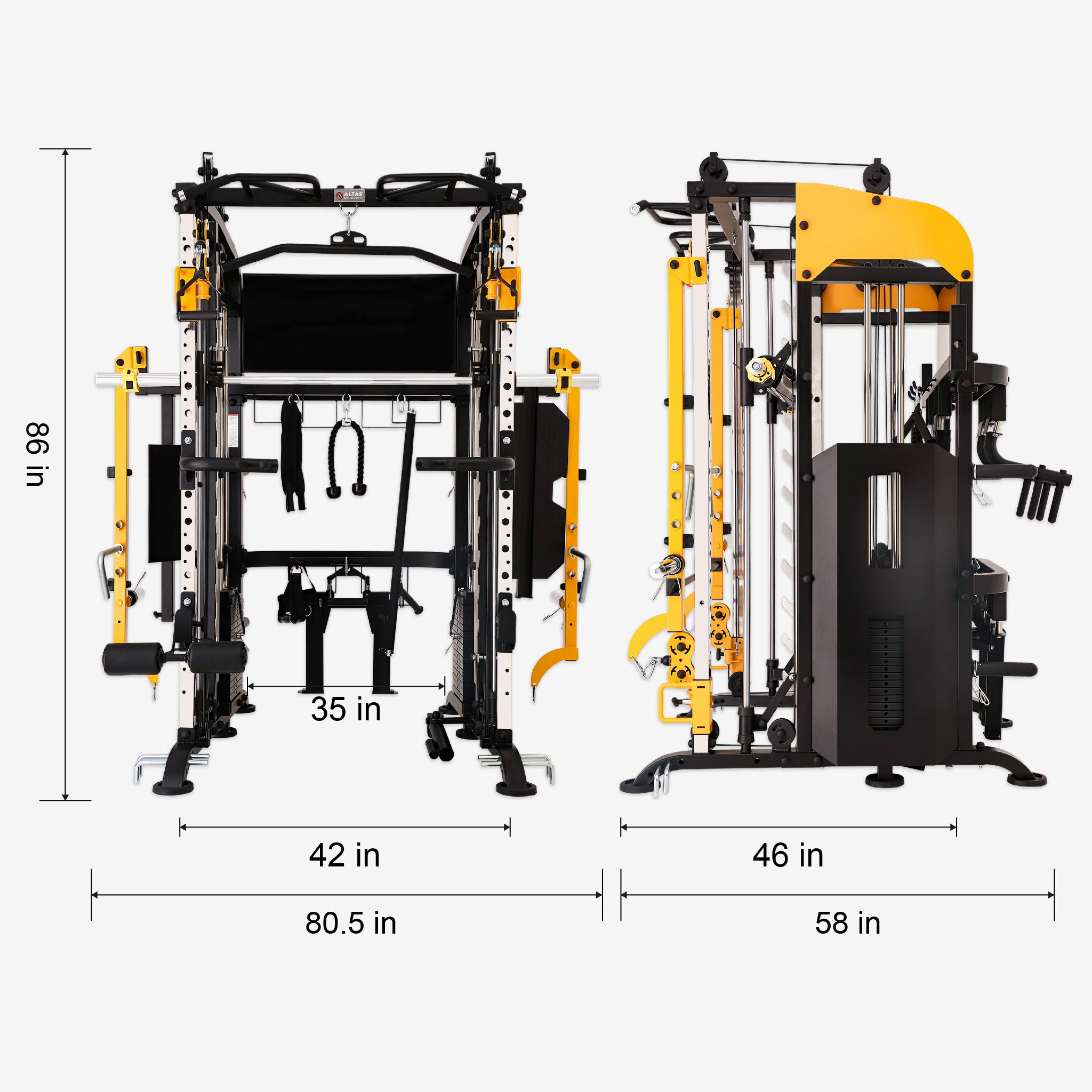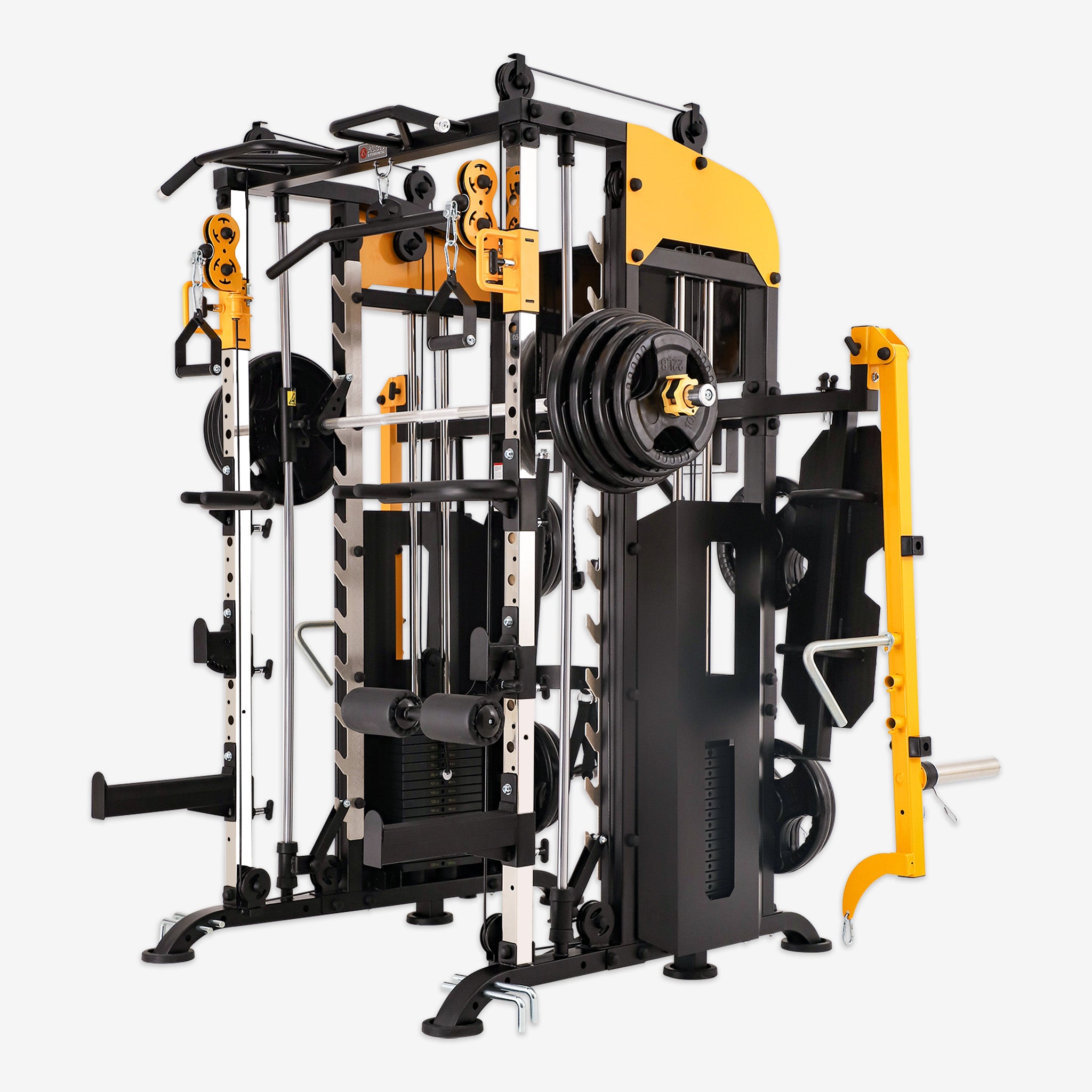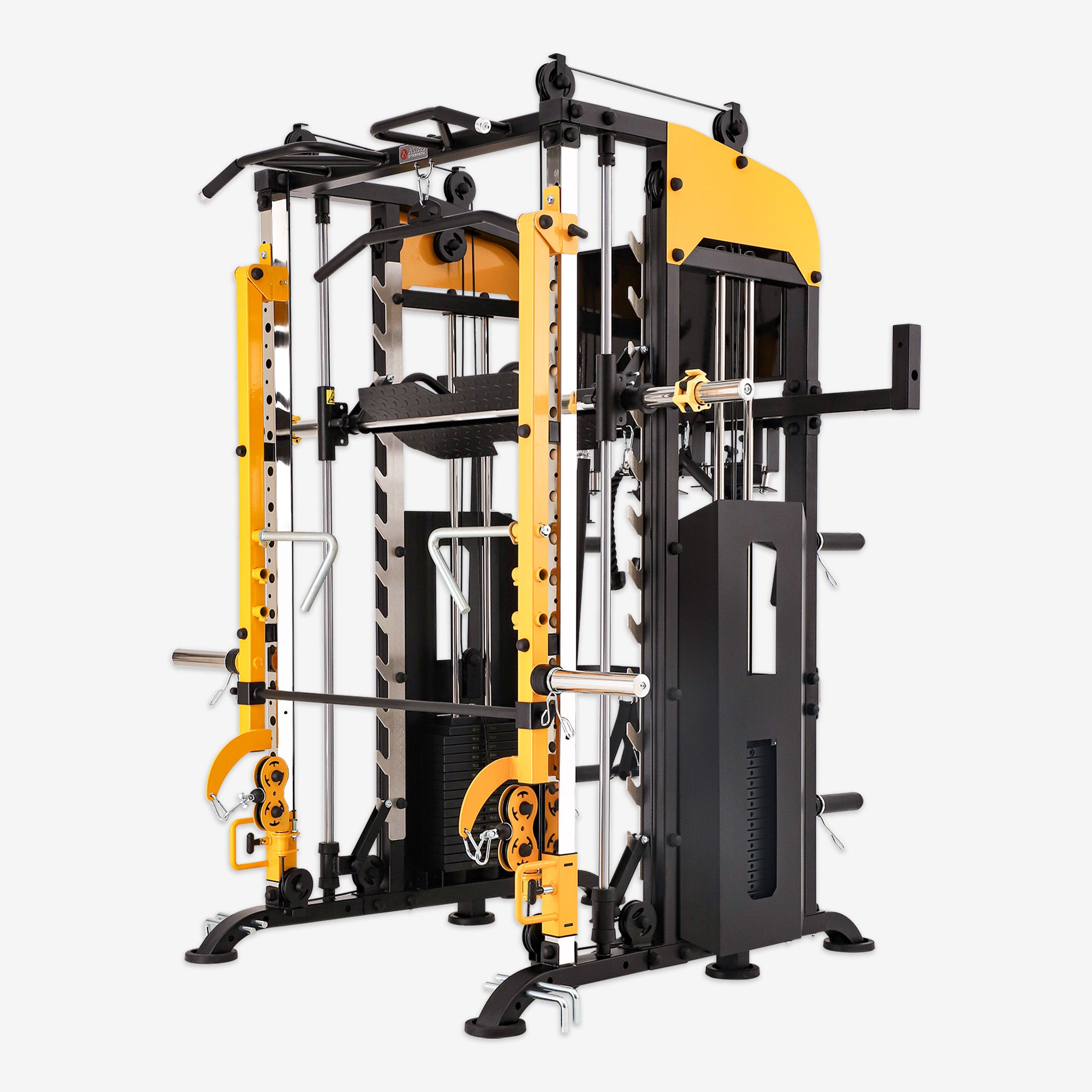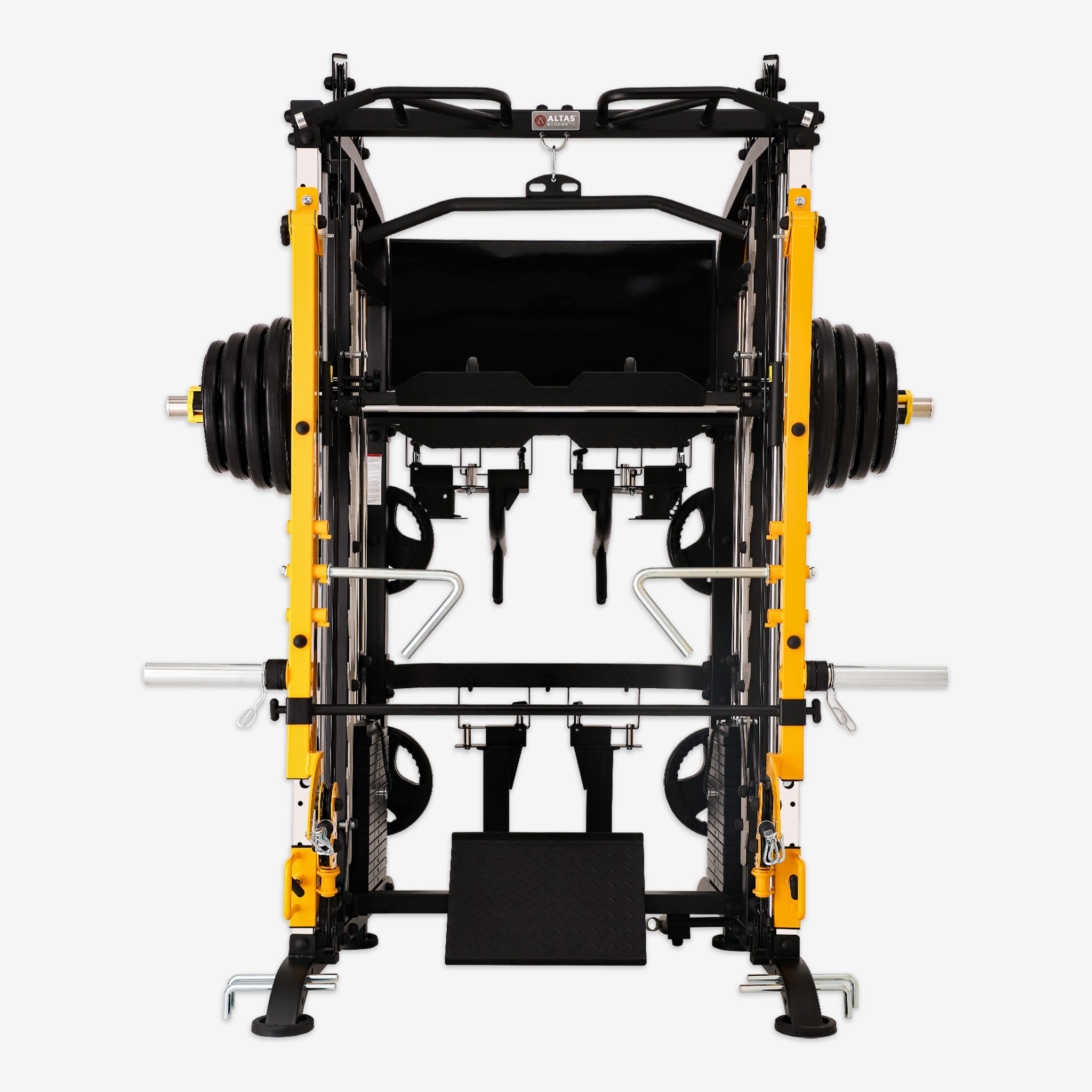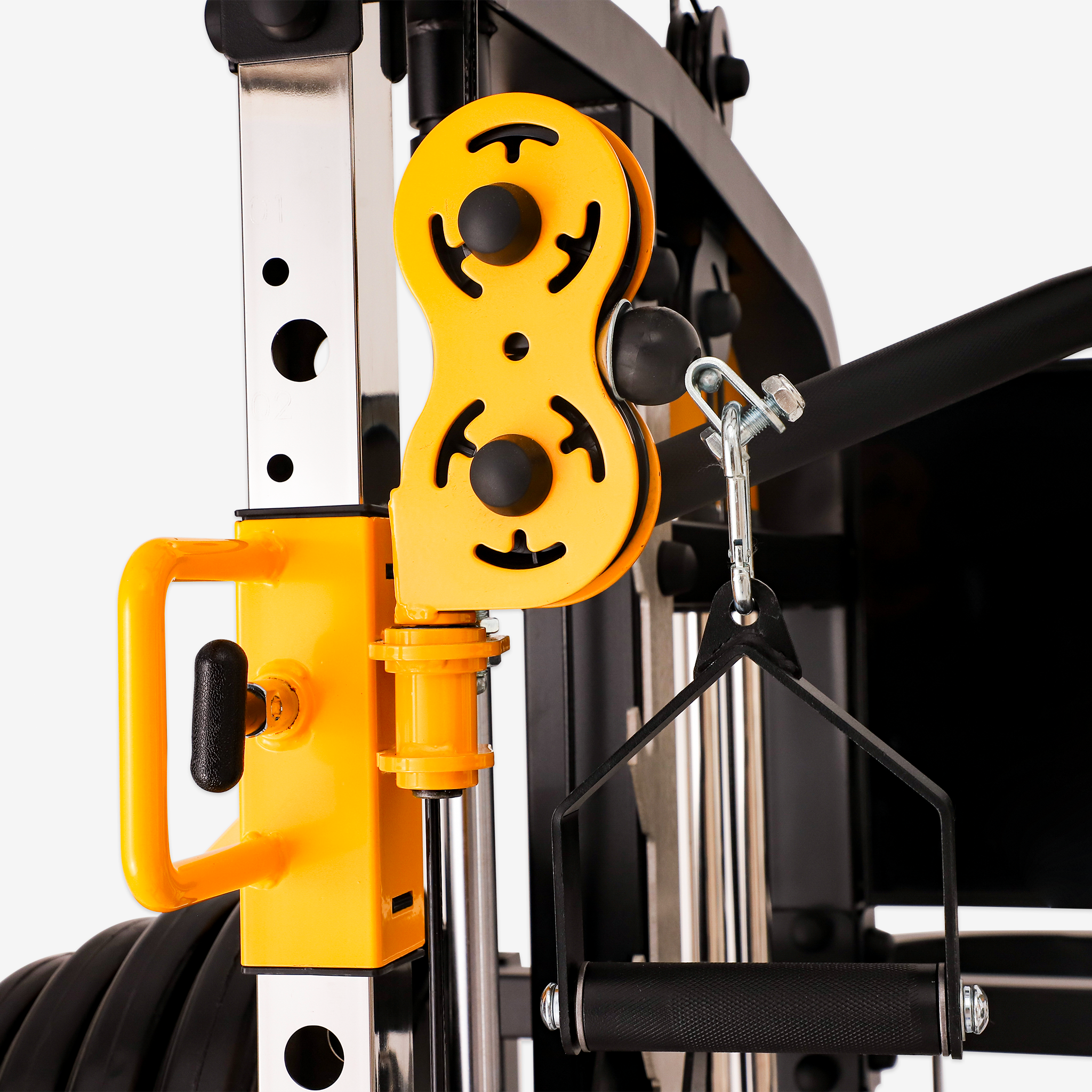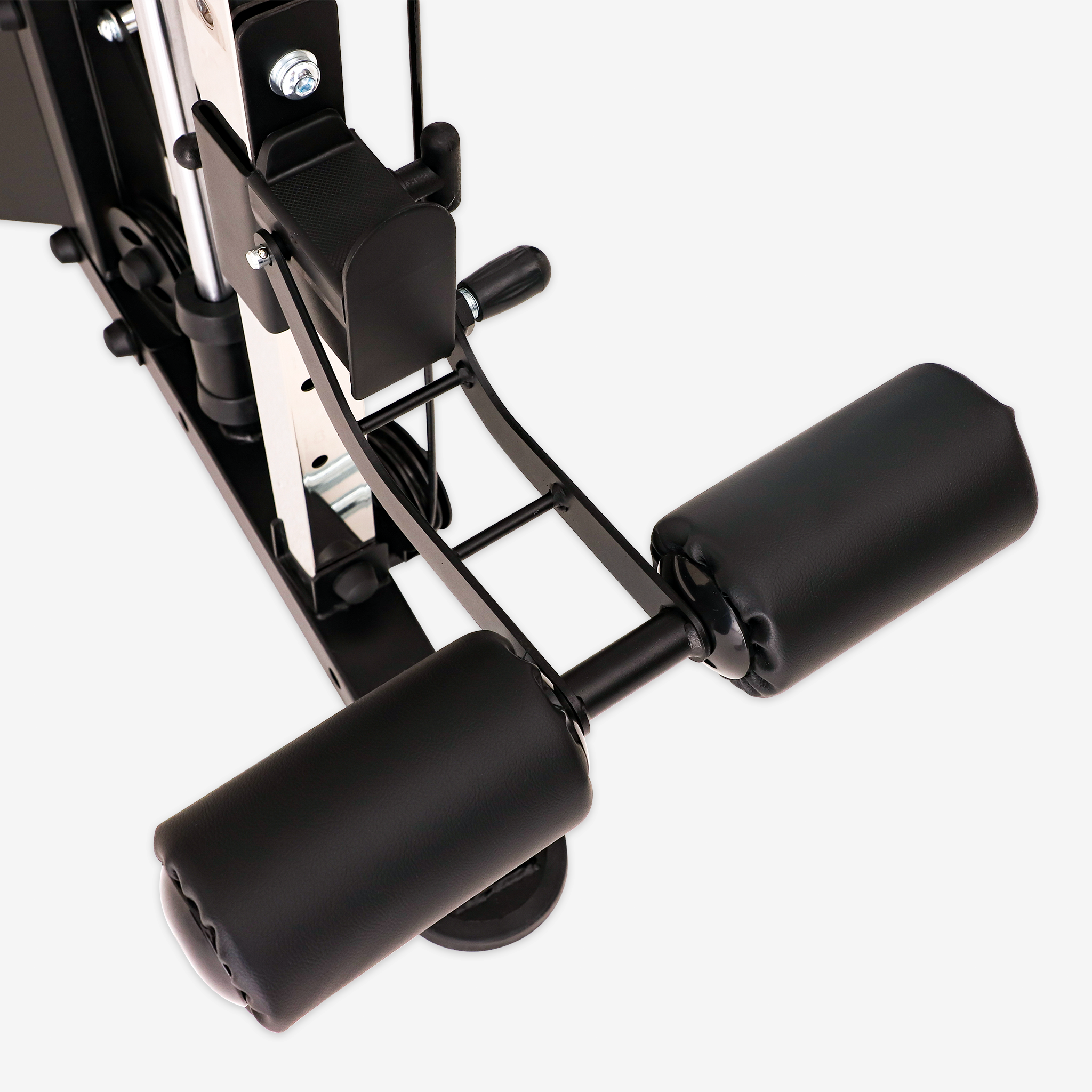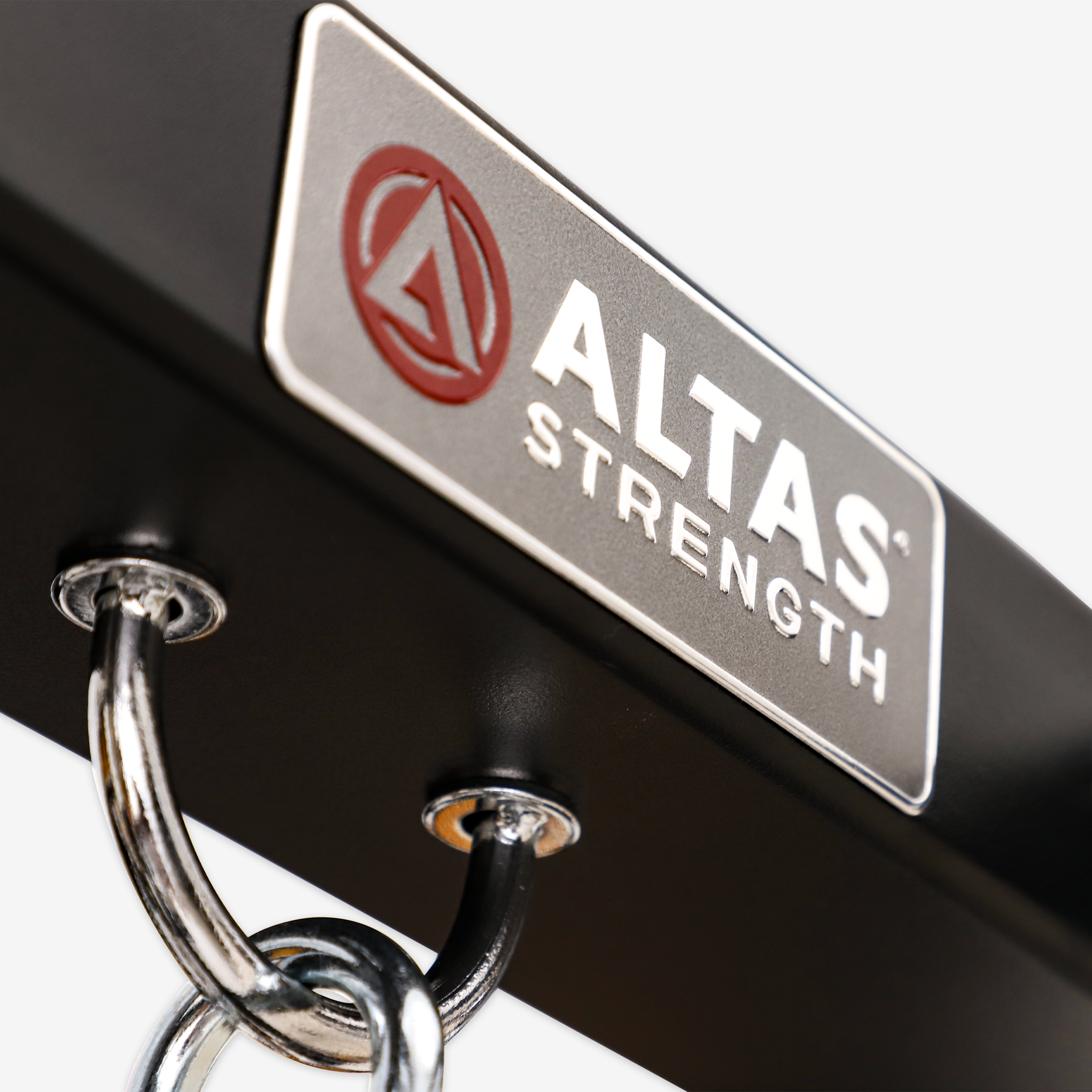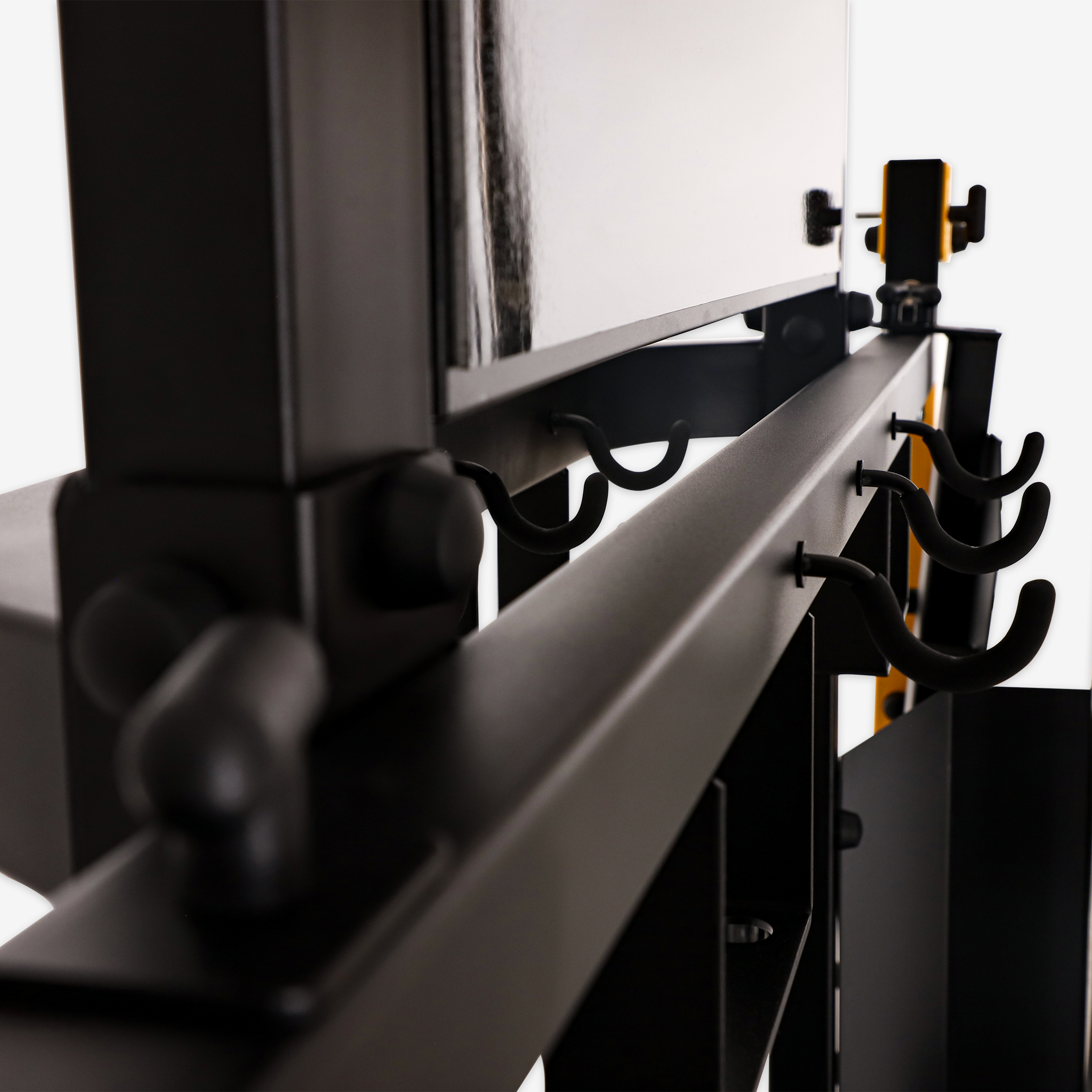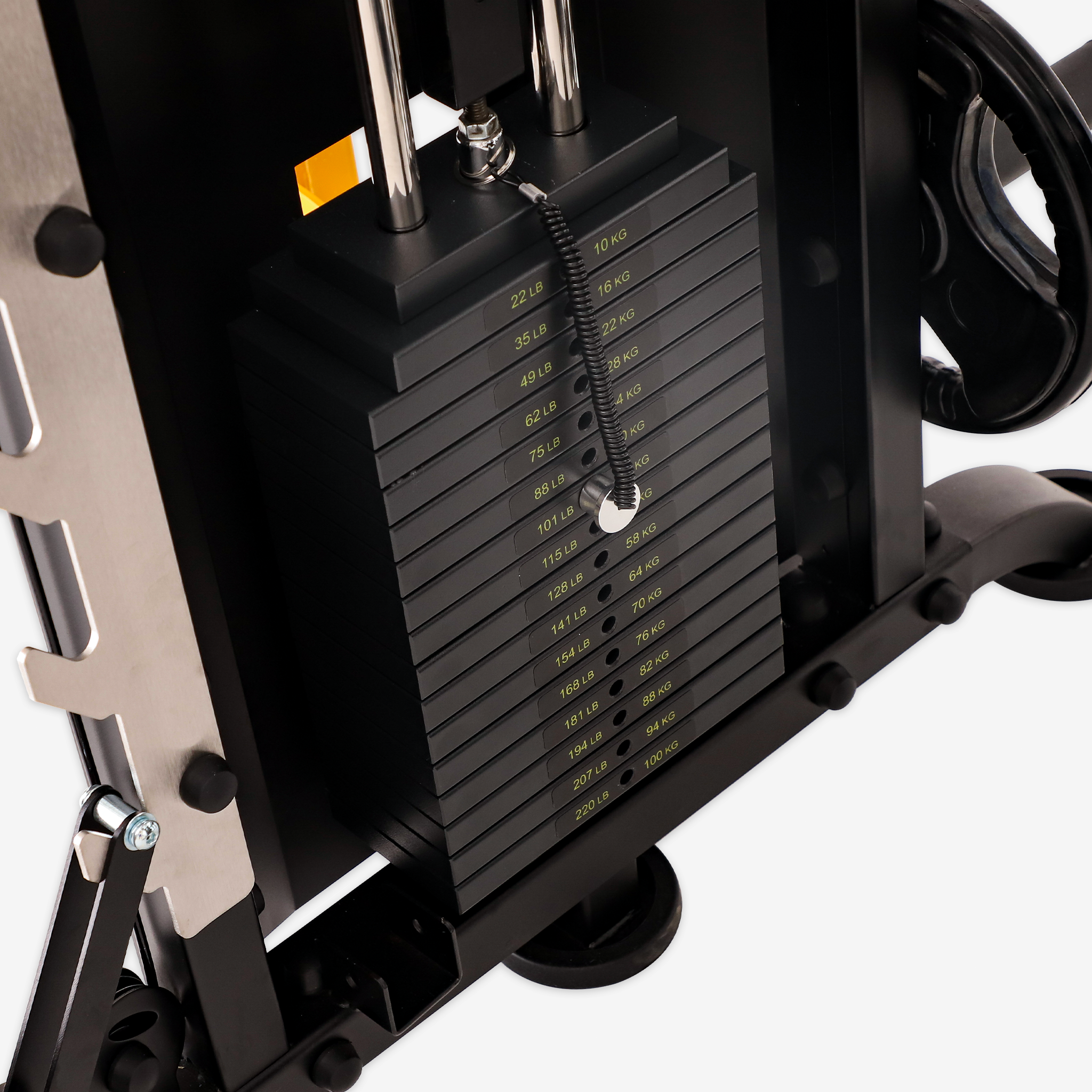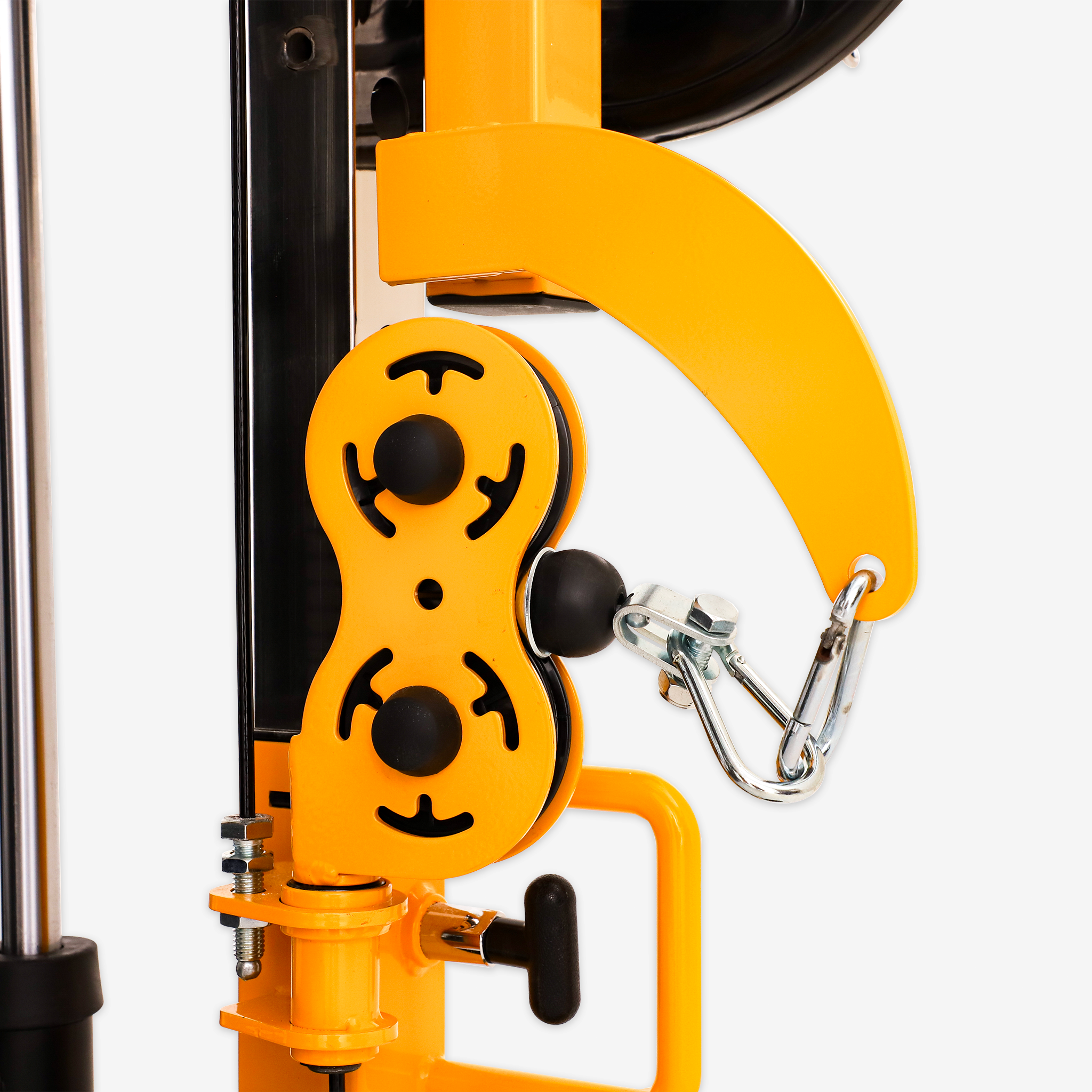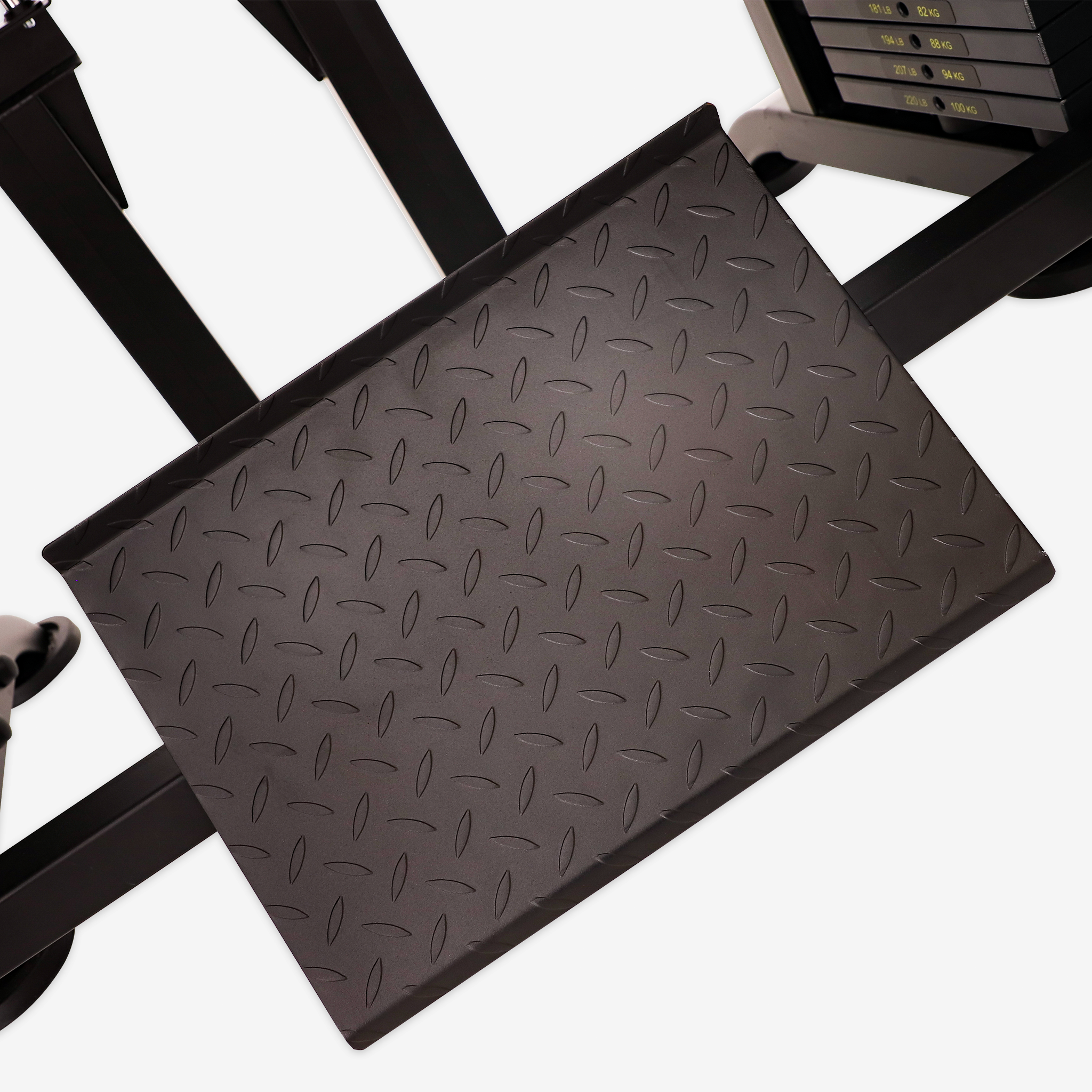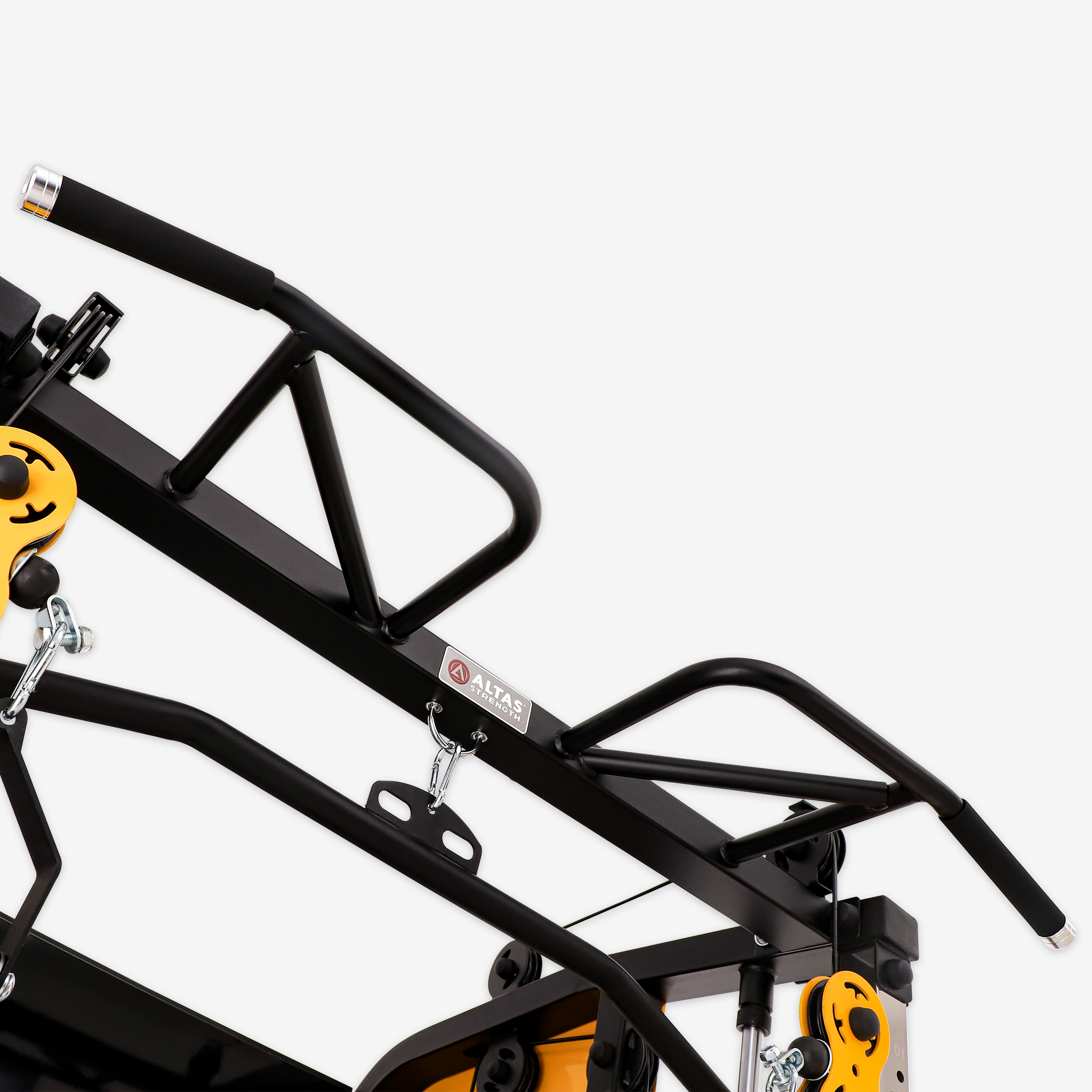Introduction
The Smith machine shoulder press is a prevalent and efficient tool for upper limb training, widely utilized in gyms and personal training regimens. Designed with a fixed path, it minimizes the instability often associated with free weight exercises, providing a safe training environment. This article will comprehensively analyze the functions, advantages, specific usage methods, and necessary considerations of the Smith machine shoulder press, as well as offer training recommendations and advanced techniques to help readers maximize training efficacy.
I. Functions and Benefits of the Smith Machine Shoulder Press
The primary function of the Smith machine shoulder press is to enhance the shoulder muscle groups, especially the anterior and lateral deltoid fibers. During the execution of the shoulder press, this exercise also engages auxiliary muscle groups, including the upper pectorals, trapezius, and triceps, thereby strengthening overall upper limb power. The Smith machine's fixed track design reduces the need for balance, allowing exercisers to focus on the force exertion of the press.
The track of the Smith machine is vertical or slightly inclined, ensuring that the barbell remains on a fixed path, thereby preventing unexpected weight sway. This feature is particularly crucial for those seeking to undertake heavy weight training without a partner's assistance.
II. Advantages of the Smith Machine Shoulder Press
-
Enhanced Safety and Reduced Risk of Injury:
The fixed track of the Smith machine effectively lowers the risk of injury caused by improper posture. In contrast to free barbell shoulder presses, the Smith machine barbell does not slide off unexpectedly or deviate from the intended trajectory. Even when fatigued, users can easily lock the barbell at any height, avoiding the risk of dropping heavy weights. -
Focus on Muscle Effort and Improved Training Efficiency:
The Smith machine reduces dependency on balance and coordination, allowing the exerciser to concentrate on exerting force in the target muscle group. This is particularly beneficial for beginners and those aiming to enhance the development of specific muscle groups. -
Suitable for Progressive Overload Training:
The Smith machine allows users to incrementally increase weight, achieving progressive overload training, which is crucial for enhancing muscle strength and size. -
Adaptability to Various Training Goals and Variations:
The Smith machine is not only suitable for standard shoulder presses but also for various training variations such as high presses and single-arm presses.
III. Usage Methods for the Smith Machine Shoulder Press
To maximize training outcomes and minimize injury risk, correct movements and posture are essential. Here are the specific training steps for the Smith machine shoulder press:
-
Adjust Seat Height:
Ensure the seat height positions the barbell directly above your shoulders, starting at ear level. Keep your back tightly aligned with the seat back for body stability. -
Select Appropriate Weight:
Choose a weight that aligns with your training level and goals, with beginners advised to start light and increase progressively. -
Correct Grip and Posture:
Use a grip slightly wider than shoulder-width, keeping the wrists stable to avoid overextension. -
Movement Process:
- Starting Position: The barbell rests at shoulder height, elbows bent.
- Pressing Action: Push the barbell upward until arms are straight but not fully locked to maintain muscle tension.
- Release Action: Control lowering the barbell back to the start position while inhaling. Repeat the specified number of times.
IV. Common Mistakes and Avoidance Strategies
-
Neglecting Core Involvement:
Failing to tighten the core while pressing can lead to forward leaning or lower back arching. -
Choosing Excessive Weight:
Overemphasis on heavy weights may lead to form distortion, heightening injury risk. -
Incorrect Grip and Stance:
A grip too narrow or too wide may place undue strain on the shoulder joints. -
Ignoring Breathing Rhythm:
Holding breath while pressing can cause sudden blood pressure spikes.
V. Advanced Techniques for Smith Machine Shoulder Press Training
-
Progressive Overload and Drop Set Training:
Reducing weight after completing the target sets can thoroughly activate muscles. -
Integration with Free Weight Training:
Combining it with free weight exercises can improve overall muscle coordination and strength. -
Varying Training Angles:
By adjusting the angle of the seat back, shoulder and upper pectoral muscles can be stimulated at different press angles.
VI. Suitable Populations for Smith Machine Shoulder Press
- Beginners: The fixed track of the Smith machine allows beginners to safely perform shoulder exercises.
- Advanced Trainees: Ideal for heavy weight training, assisting in overcoming pressing strength plateaus.
- Rehabilitation Trainees: Offers a more stable path for those recovering from minor shoulder injuries.
VII. Conclusion
The Smith machine shoulder press stands as a safe, efficient, and versatile tool for upper limb training. Through correct training methods, appropriate weight choice, and scientific training plans, the Smith machine can significantly enhance shoulder strength and muscle mass. For comprehensive development, it is advisable to pair it with free weight training to boost overall muscle coordination and control.


